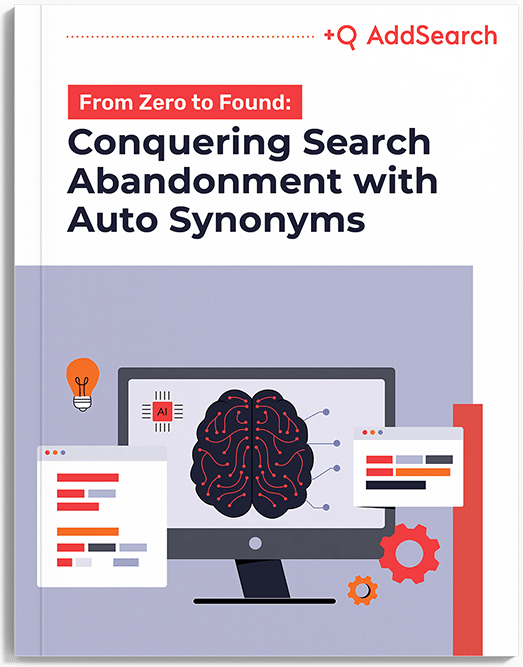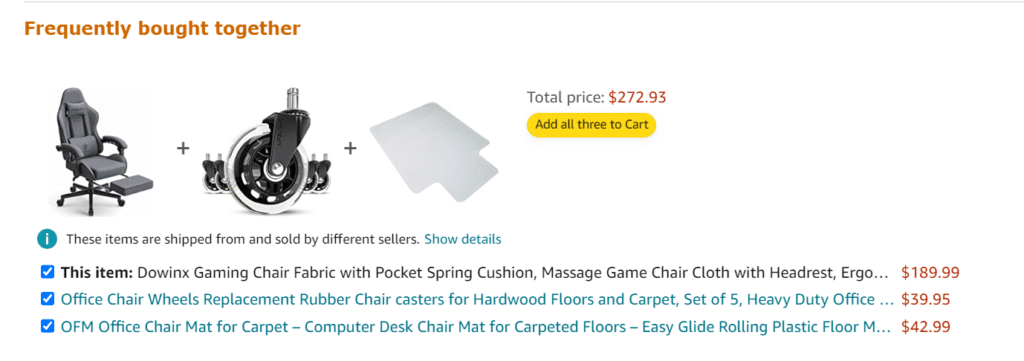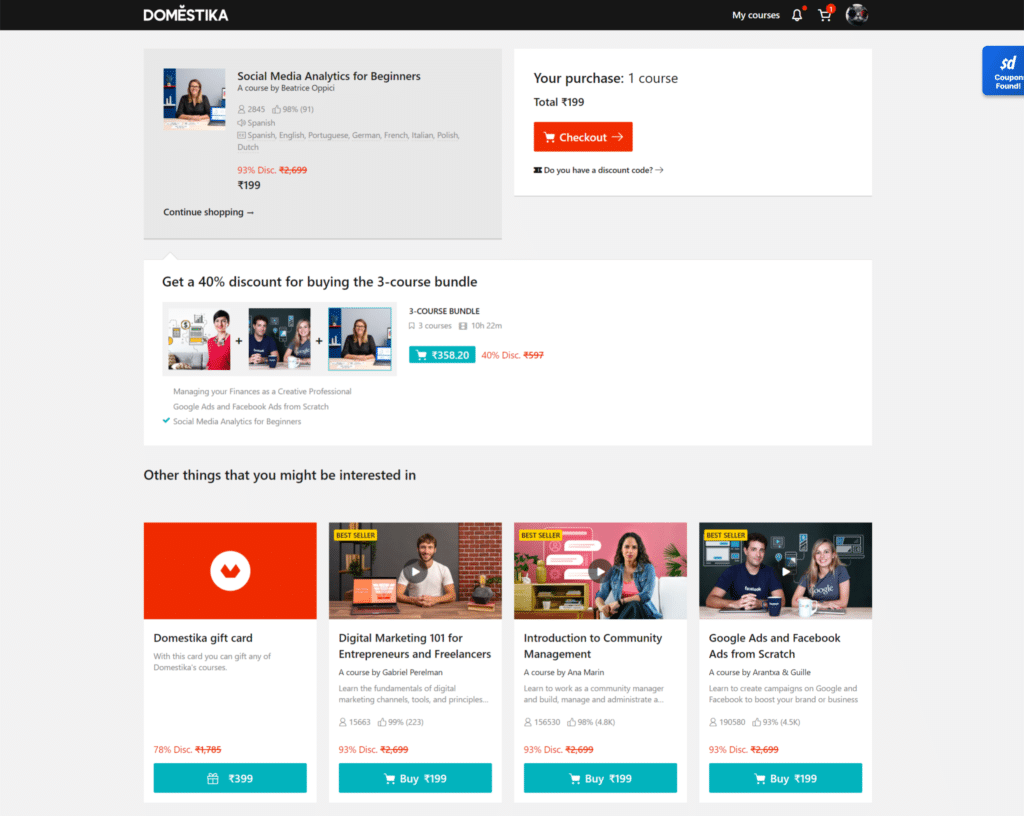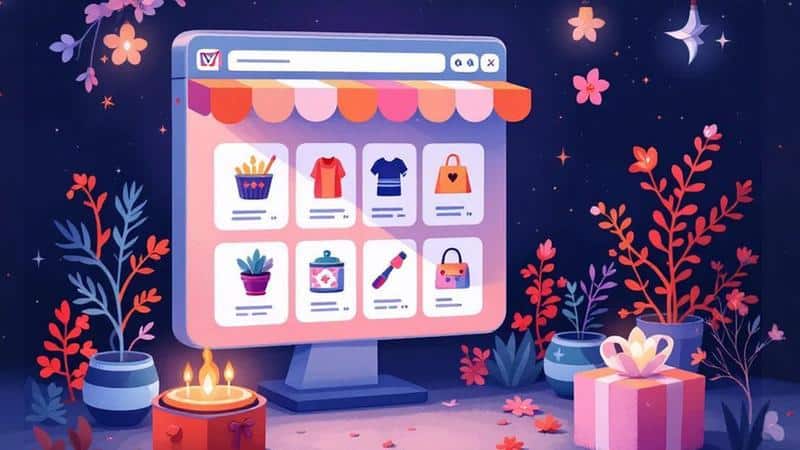In the world of ecommerce, where competition is fierce, and customer attention spans are fleeting, product recommendations can be the secret weapon that sets your website apart.
91% of consumers are more likely to shop with brands that provide relevant offers and recommendations. That’s the power of a well-placed product suggestion. But here’s the catch: It’s not just about having recommendations; it’s about placing them strategically. The homepage, product page, and checkout each offer unique opportunities to engage customers and boost your bottom line. In this post, we’ll dive into the different types of product recommendations and explore how to find the “sweet spot” for each one on your website. Whether you’re a seasoned e-commerce pro or just starting out, get ready to unlock the full potential of product recommendations and watch your conversions soar.
Understanding the Different Types of Product Recommendations

Product recommendations aren’t one-size-fits-all. There are various types, each serving a unique purpose in guiding your customers towards their next purchase:
- Frequently bought together: This classic strategy capitalizes on the wisdom of the crowd. By showcasing items that other customers often purchase together, you’re not just offering a suggestion; you’re providing social proof and a convenient way for customers to complete their purchases.
- Bestsellers: Everyone loves a winner. Featuring your most popular products taps into the “fear of missing out” and gives customers a sense of confidence in their choices.
- New arrivals: The allure of the new is undeniable. Highlighting your latest products can spark curiosity and encourage customers to explore what’s fresh in your store.
- Related products: Expand their horizons. Suggesting similar or complementary items can introduce customers to products they might not have discovered on their own, increasing their chances of finding the perfect fit.
Understanding these different types of recommendations is the first step in strategically placing them on your website. In the following sections, we’ll delve into the optimal placement for each type, ensuring you’re maximizing their impact on every page.

Losing customers to no hit searches? Auto Synonyms helps turn every missed search into a successful find. Learn how in our latest white paper.

Strategic Placement of Product Recommendations
Now that we understand the different types of recommendations let’s discuss where to put them. Each section of your website serves a different purpose in the customer journey, and the right recommendations in the right places can significantly impact your conversion rates.
Homepage:
Your homepage is your digital storefront. It’s often the first impression customers have of your brand, so make it count. Recommendations here should entice visitors to explore your store and discover what you have to offer.
- Bestsellers: Showcasing your most popular items right on the homepage can instantly grab attention and create a sense of social proof. It’s like saying, “These are the products everyone loves – you don’t want to miss out!”
- New arrivals: If you’re constantly updating your inventory, featuring new arrivals on the homepage can pique curiosity and encourage visitors to click through and explore. It’s a great way to keep your homepage feeling fresh and exciting.

Product page:
The product page is where the magic happens – it’s where customers make their purchasing decisions. Recommendations here should complement the product they’re viewing and encourage them to add more items to their cart.
- Frequently bought together: This is a classic for a reason. When a customer is already interested in a product, suggesting complementary items that others have purchased alongside it can be incredibly effective in increasing the average order value.
- Related products: Similar to “Frequently Bought Together,” related products can help customers discover other items they might like. This is especially useful if you have a wide range of products within a category.
- Recently viewed: A subtle reminder of products they’ve recently browsed can be surprisingly effective. It’s like saying, “Remember this? You were interested in it before, and it’s still available!”

Checkout:
The checkout page is the final hurdle before a customer completes their purchase. Recommendations here should be carefully chosen to avoid distractions but can still offer a last-minute opportunity to increase the order value.
- Frequently bought together: If a customer has added items to their cart that are often purchased with other products, suggesting those complementary items can be a great way to boost the final sale.
- Related products: Similar to the product page, suggesting related products can entice customers to add one last item before they check out.
Remember, the key is to keep recommendations relevant and visually appealing. Avoid overwhelming customers with too many choices, and make sure the recommendations are easy to navigate and understand. By strategically placing the right recommendations in the right places, you can guide your customers toward a satisfying shopping experience and increase your sales in the process.

Measuring the Impact of Product Recommendations

It’s not enough to simply implement product recommendations; you need to track their performance to ensure they’re actually driving results. Here’s how to measure the impact of your recommendations and fine-tune your strategy:
- Click-through rate (CTR): This metric tells you how often customers are clicking on your recommendations. A high CTR indicates that your recommendations are relevant and enticing.
- Conversion rate: This is the ultimate goal – how many clicks on recommendations are turning into actual purchases? Tracking conversion rates helps you identify which types of recommendations and placements are most effective in driving sales.
- Average order value (AOV): Are your recommendations leading to larger purchases? If so, your AOV will increase. This is a key indicator of the success of your upselling and cross-selling efforts.
To get the most out of your product recommendations, consider these tips:
- A/B testing: Experiment with different types of recommendations, placements, and even the number of products displayed. A/B testing allows you to compare the performance of different variations and determine what works best for your audience.
- Regularly updated recommendations: Keep your recommendations fresh and relevant by updating them frequently. This could mean showcasing new arrivals, seasonal items, or products that are trending.
- Analyze data: Dive into your analytics to understand how customers are interacting with your recommendations. Look for patterns and trends that can inform your strategy.
By consistently tracking and analyzing the performance of your product recommendations, you can make data-driven decisions that will optimize your website and boost your bottom line. Remember, it’s an ongoing process of experimentation and refinement.
Best Practices for Implementing Product Recommendations

Let’s wrap up our product recommendation best practices discussion with some actionable tips to ensure your product recommendations are not just present in your ecommerce website but truly effective:
- Relevance is key: Even without personalized data, you can still make recommendations relevant. Consider the context of the page, the product being viewed, and the customer’s browsing history (if available).
- Visual appeal matters: Make your recommendations visually appealing and easy to navigate. Use high-quality images, clear product descriptions, and intuitive layouts.
- Keep it fresh: Regularly update your recommendations to keep them interesting and engaging. Feature new arrivals, seasonal items, or trending products.
- Clear calls to action: Use compelling calls to action (CTAs) to encourage clicks and conversions. Think “Add to Cart,” “Shop Now,” or “Learn More.”
- Test and iterate: Don’t be afraid to experiment with different types of recommendations, placements, and formats. Use A/B testing to see what resonates best with your audience and continuously refine your strategy.
By following these best practices, you can create a seamless and enjoyable shopping experience for your customers while also driving significant increases in your conversion rates and average order value. Remember, product recommendations are a powerful tool in your e-commerce arsenal – use them wisely!
Conclusion
Strategic product placement is a powerful tool for e-commerce success. By understanding recommendation types and their optimal placements, you create a seamless shopping experience that boosts conversions. Don’t just recommend; strategize. Experiment, analyze, and refine your approach to unlock the full potential of product recommendations. Let data guide your decisions, and watch your website transform into a customer-centric, high-converting machine.
Ready to supercharge your e-commerce strategy with AddSearch Recommend? Contact our sales team today for a free demo and consultation.
Experience the Best in Search Solutions with AddSearch – Top Rated on SourceForge! Click for Your Free, Personalized Demo Now.










